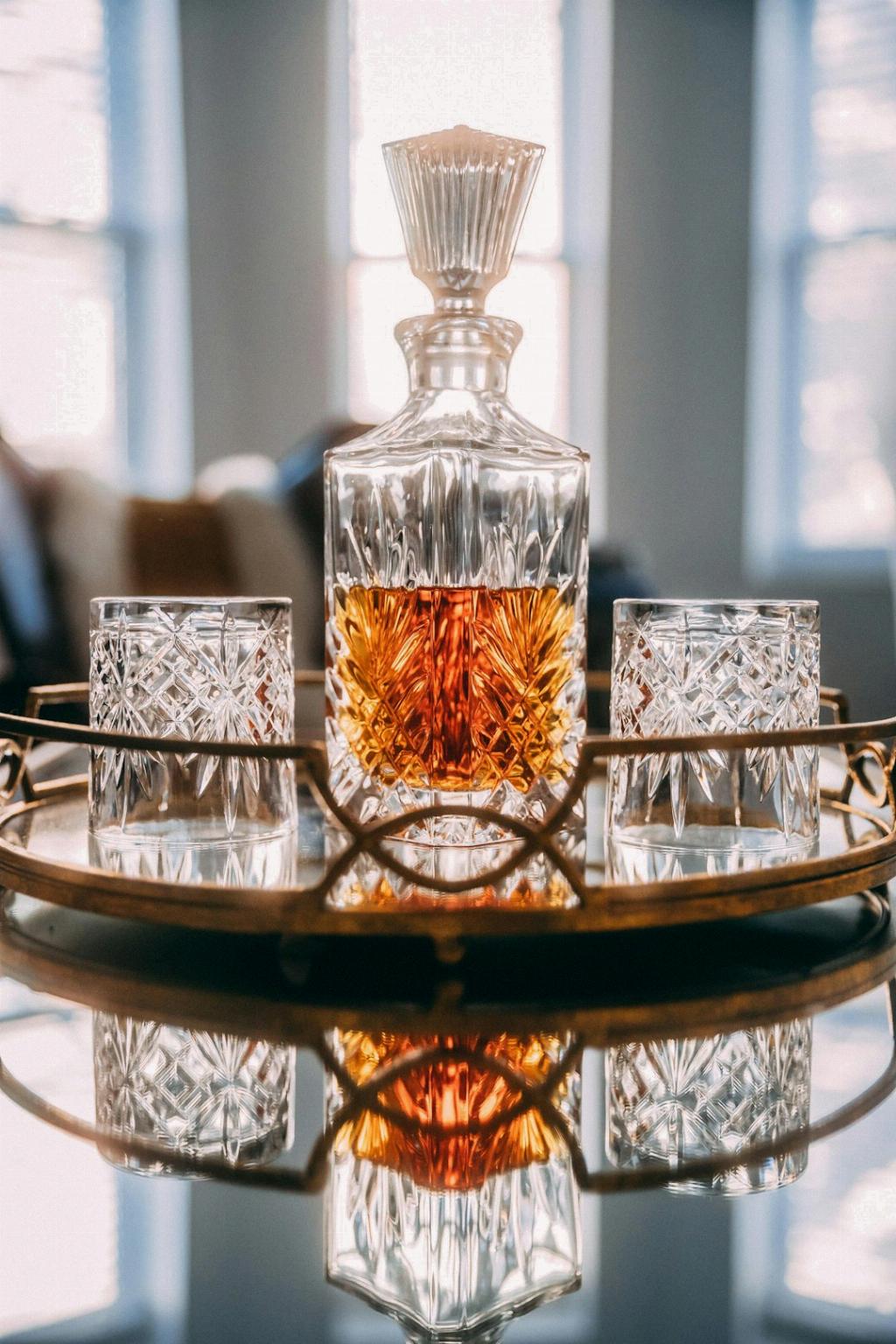When it comes to the world of whiskey, there are countless options to choose from. Two notable names that often come up in conversations are Booker’s and Little Book. While both are products of Beam Distilling Co., they have distinct characteristics that set them apart. In this article, we’ll take a closer look at the differences between Booker’s and Little Book to help you understand what sets them apart from each other.
Production Process
One of the key differences between Booker’s and Little Book lies in their production process. Booker’s is known as a small batch bourbon, which means it is made in smaller quantities and typically aged for a longer period of time. Little Book, on the other hand, is a blended whiskey, meaning it is a combination of different types of whiskey assembled together to create a unique flavor profile.
Age and Maturation
Another significant difference is the age and maturation of the two spirits. Booker’s is known for its longer aging process, with some batches being aged for up to six to eight years. This allows for a more pronounced and complex flavor profile. Little Book, although a blend, also undergoes a maturation process, but the exact aging period varies depending on the specific expression.
Proof and Strength
The proof and strength of the whiskey also differentiate Booker’s and Little Book. Booker’s is bottled at cask strength, which means it is not diluted and is presented to the consumer in its purest form. This results in a higher proof, typically ranging from 120 to 130 proof (or 60% to 65% alcohol by volume), providing a more robust and intense drinking experience. Little Book, on the other hand, is bottled at a higher proof compared to standard whiskeys, but not at cask strength. The exact proof can vary depending on the specific blend.
Flavor Profile
One of the most exciting aspects when exploring different whiskeys is the flavor profile they offer. Booker’s, due to its longer aging process and higher proof, tends to have bold, rich flavors. You can expect notes of caramel, vanilla, oak, and a pleasant warmth from the higher alcohol content. Little Book, being a blend, brings together various whiskeys, showcasing a more diverse range of flavors. It may feature hints of fruits, spices, and other unique characteristics depending on the blend.
Pricing and Availability
Price and availability can also affect your decision between Booker’s and Little Book. As a small batch bourbon with longer aging requirements, Booker’s is typically priced at a higher range compared to standard whiskeys. It may cost anywhere from $60 to $100 per bottle, depending on the specific release and location. Little Book, being a blended whiskey, can vary in price depending on the blend and market demand.

Conclusion
In conclusion, while both Booker’s and Little Book are exceptional offerings from Beam Distilling Co., there are notable differences between these two whiskeys. Booker’s, as a small batch bourbon, offers a more traditional and intense experience with its longer aging process and higher proof. On the other hand, Little Book, as a blended whiskey, brings together a diverse range of flavors and showcases unique expressions. When choosing between the two, it ultimately comes down to your personal preferences and what you seek in a whiskey. Whether it’s boldness and robustness or a blend of flavors, both Booker’s and Little Book have something special to offer.
